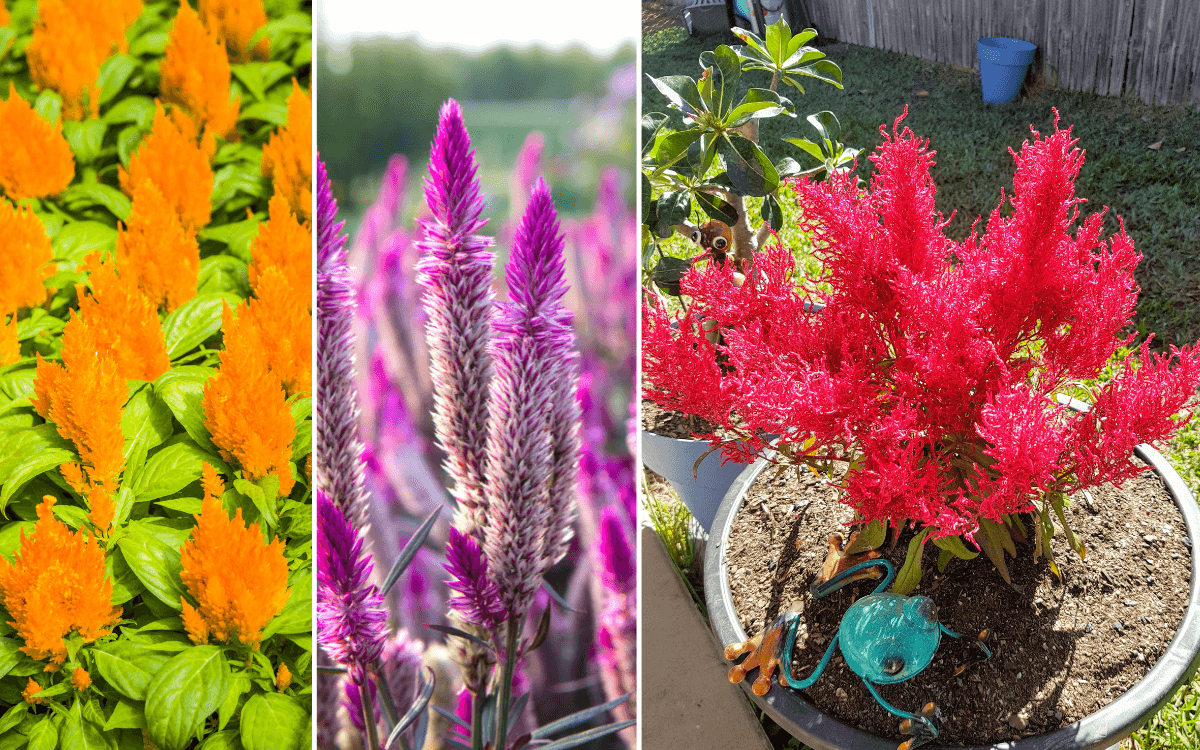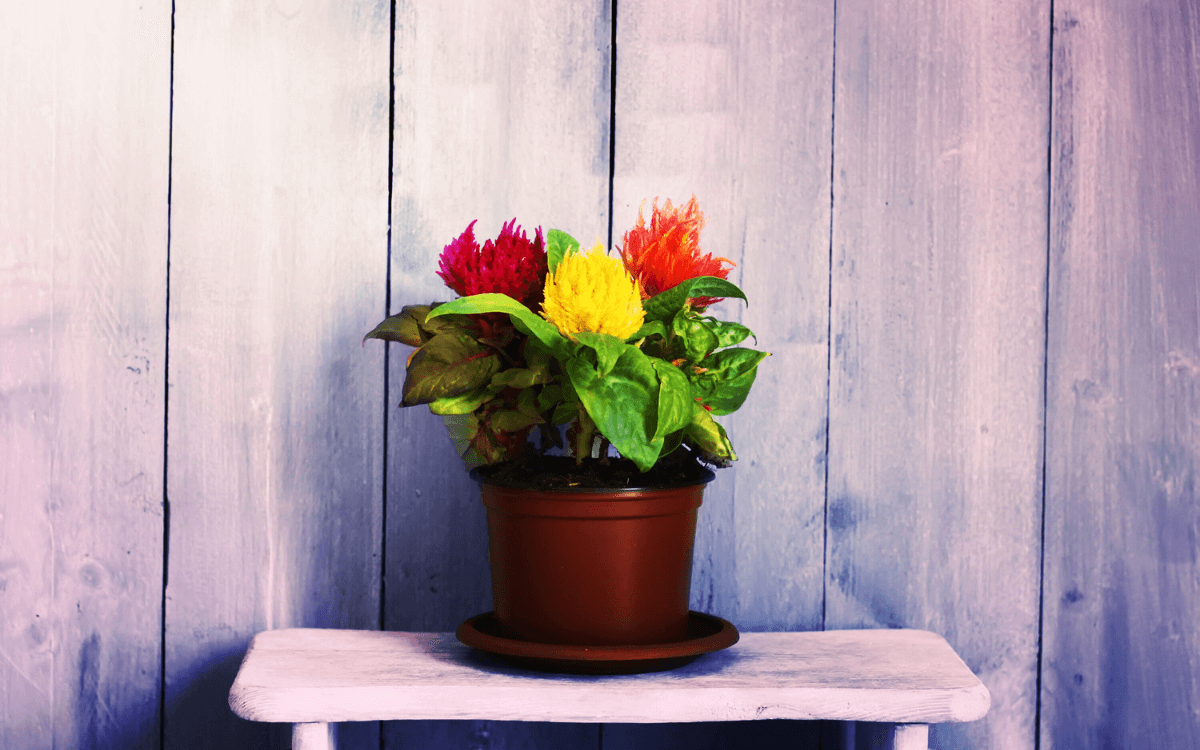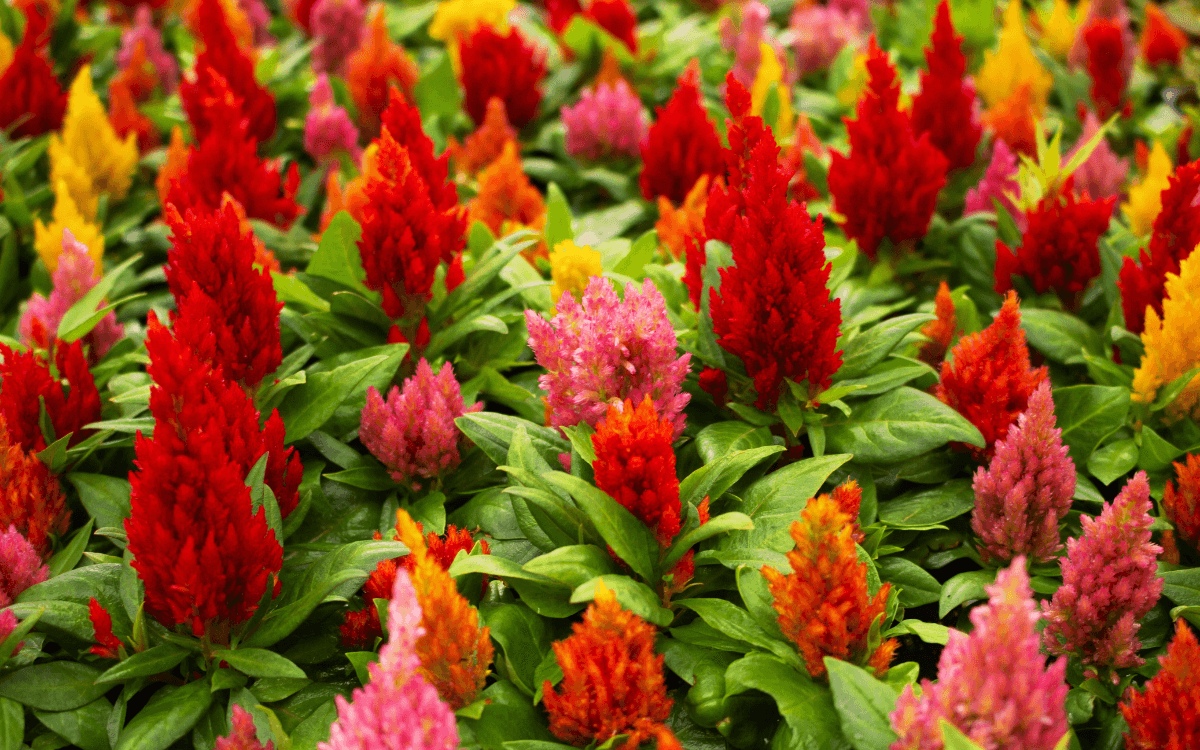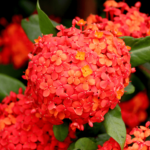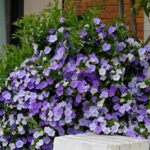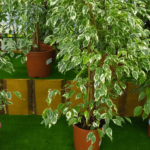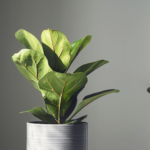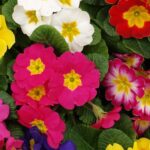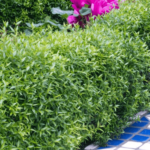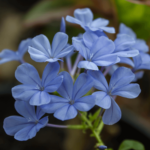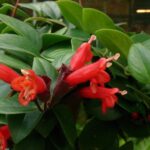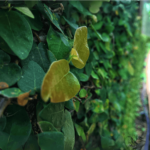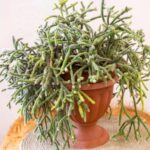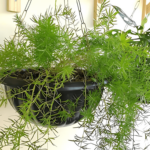Celosia, also known as woolflowers or feather cockscomb, is a colorful and eye-catching plant that is gaining popularity in gardens, cooking, and even in natural medicine.
It is native to India and stands out for its vivid colors.
Celosia thrives in warm and humid places, such as tropical and Mediterranean climates.
Continue reading, because in this article you will learn more about the main characteristics, curiosities and how to properly take care of this plant.
Characteristics of the Plant
Considered a Non-Conventional Food Plant, Celosia is not a poisonous plant for humans, dogs, or cats. You can keep it anywhere in your home without worries.
However, it is advisable to avoid consuming the plant in large quantities when raw.
You can find this plant in a variety of colors such as:
- Red
- Yellow
- White
- Pink
- Cream
- Orange
- Purple.
Its unique flowers can range from 5 to 10 cm (2 to 4 inches) in length and come in varied shapes, from feathery to those that resemble brains, known as “cristatas.”
The plant varies in size, ranging from 15 to 100 cm (6 inches to 3.3 feet) in height, making it ideal for various types of gardens.
Check out:
- Indian Lettuce – How to Care, Plant and Its Benefits
- Spanish Moss: Care, Characteristics and Curiosities
Curiosities of the Plant
Celosia is not only beautiful but also has medicinal properties, including antioxidants and anti-inflammatory agents.
It is edible, and its leaves and stems can be used in soups and stews.
But remember, before using Celosia for medicinal purposes, it is good to talk to a doctor.
In addition to its medicinal characteristics, it is drought-resistant and great for use in pots and hanging baskets. Its flowers also attract pollinators like butterflies and bees, which is great for the biodiversity of your garden.
How to Take Care of Celosia
Known for its colorful flowers and unique textures, this plant is a great addition to any garden.
Below you will learn how to properly take care of your Celosia to keep it healthy and flourishing.
1 – Ideal Growing Environment
Celosia develops well in environments with the right mix of light, soil, and moisture.
As a tropical plant, it prefers temperatures between 20°C and 35°C (68°F and 95°F), being ideal for warm places.
This plant can be used in various locations in your garden such as borders, flower beds, containers, and hanging baskets.
2 – Ideal Climate
Celosia is flexible regarding climate, adapting well to different temperatures and humidity levels.
It requires plenty of sunlight, at least 6 hours a day, but also grows in partial shade. Light is essential to enhance the plant’s vibrant colors.
It’s important to maintain a balance in watering Celosia, as it tolerates both dry and moist conditions. However, excess moisture should be avoided to prevent fungal diseases.
Good ventilation also helps keep the plant healthy.
In summary, for successful cultivation of Celosia, it is crucial to provide an environment with suitable temperatures, well-drained and nutrient-rich soil, and good exposure to sunlight.
3 – Ideal Soil for Celosia
For Celosia to grow well, the soil should be well-drained, fertile, and rich in organic matter.
The ideal pH is between 6 and 7.
It’s important that the soil holds water well, but without leaving the plant’s roots soaked, which can be harmful.
4 – Ideal Fertilization
This plant greatly benefits from the addition of organic fertilizers to the soil.
This includes worm humus, well-treated animal manure, and other soil conditioners. They help improve soil structure and provide important nutrients for the growth of the plant’s roots and leaves.
A balanced NPK fertilizer every 2 weeks can be used at the time of planting, another recommended option is NPK 04-14-08.
Remember to not overdo the fertilization to avoid damaging the Celosia. Use vegetable cakes, such as cotton, castor, and sunflower, in moderation.
Fertilization During Flowering
When Celosia is flowering, it requires more attention with fertilization.
Increase the frequency of fertilization with phosphate-rich fertilizers every two weeks to assist in the growth of new flowers.
Removing dry flowers also helps the plant to form more floral buds.
5 – Ideal Planting, Replanting, and Multiplication
To plant Celosia:
- First, prepare the soil.
- Till it to a depth of about 20 cm to make it loose.
- Add manure or humus, about 10% of the soil mix, and mix in 300 g of balanced NPK fertilizer for every 10 m² of bed.
If planting in a pot, use a high-quality substrate and place 5g of fertilizer per liter of pot.
Plant the seeds following the instructions and keep the soil moist, but not waterlogged.
To replant Celosia, gently remove the plant from the soil and place it in a new location, being careful not to compress the roots too much.
This helps the plant continue to grow well.
Multiplication
You can multiply Celosia using seeds or cuttings.
For seed multiplication, plant them in a suitable substrate and keep it moist. They usually germinate in 7 days. When the plant has three leaves, it is ready to be transplanted.
For cutting multiplication, cut a piece from an adult plant and plant it in a pot with substrate, keeping it moist until the roots grow.
6 – Pests and Diseases
Celosia can attract pests such as:
- Aphids
- Mealybugs
- Caterpillars
- Snails
- Slugs
These problems often arise due to inadequate care with nutrition or irrigation.
To control them, you can use specific organic products and yellow plates that attract and capture insects.
Diseases like root rot, wilt, and leaf spot can attack Celosia, mainly due to excess moisture or lack of nutrients.
To prevent these diseases, it’s important to properly nourish and water the plants.
In case of severe diseases, it may be necessary to use fungicides.
7 – Other Problems
Problems like excess moisture, leading to root rot, and bird attacks on leaves and flowers can also occur.
To avoid these problems, keep the soil moist, but not waterlogged, and protect the plant from birds.
Did you like the text? Then share it on your social networks and leave a comment below.

